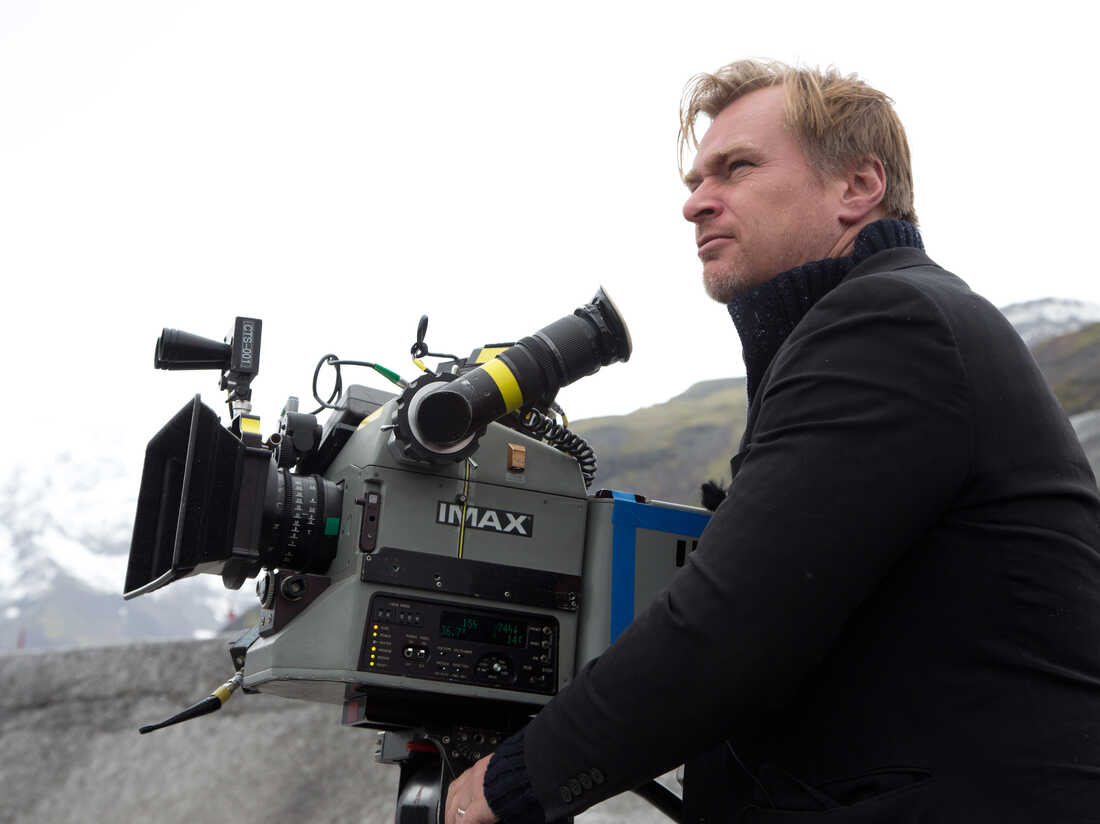Christopher Nolan is working hard to promote Oppenheimer, a biopic on the life of famed nuclear scientist J. Robert Oppenheimer. The biopic relates the tale of physicist J. Robert Oppenheimer (Cillian Murphy), who oversaw the Manhattan Project, which resulted in the creation of the first atomic bomb. Oppenheimer’s work changed humanity forever. Over 130,000 people were killed in the bombings of Hiroshima and Nagasaki at the end of World War II.

This upcoming biographical movie uses no CGI to recreate the first nuclear weapon explosion. Nolan has confirmed that he not only used practical visual effects to recreate the nuclear explosion scene in the film, there isn’t even a single CGI scene in the entire film.
Christopher Nolan Recreated an Atomic Test without Using CGI
One of the trademark traits of Christopher Nolan’s movies is the intricate and multilayered storyline. However, he always makes sure that his movies have a sense of reality, even when dealing with complex ideas and non-linear storytelling. Whether it’s exploring dreams within dreams in Inception or defying the laws of time and space in Interstellar, Nolan creates intricate narratives that come across as believable and grounded.

Nolan explained to Total Pictures that to recreate the New Mexico-based 1945 Trinity Test, the first nuclear weapon detonation, the filmmaker decided not to use digital CGI effects to create the explosion.
“I think recreating the Trinity test [the first nuclear weapon detonation, in New Mexico] without the use of computer graphics, was a huge challenge to take on. Andrew Jackson – my visual effects supervisor, I got him on board early on – was looking at how we could do a lot of the visual elements of the film practically, from representing quantum dynamics and quantum physics to the Trinity test itself, to recreating, with my team, Los Alamos up on a mesa in New Mexico in extraordinary weather, a lot of which was needed for the film, in terms of the very harsh conditions out there – there were huge practical challenges.”
“My challenge to him [Oppenheimer’s visual effects director Andrew Jackson ]was, ‘Let’s do all these things but without any computer graphics.’”
“The point of it is,” he added, “with the color sequences, which is the bulk of the film, everything is told from Oppenheimer’s point of view — you’re literally kind of looking through his eyes.”
Oppenheimer promises to be one of 2023’s most anticipated and visually stunning films.
Christopher Nolan is Known For His Mastery of Practical Effects and Minimal Reliance on CGI
Christopher Nolan, the celebrated director of blockbusters like Inception, The Dark Knight trilogy, and Dunkirk, has set himself apart in the movie industry with his skilled use of practical effects and his avoidance of overusing computer-generated imagery (CGI).
Christopher Nolan stands out for his extensive use of practical effects in a time when CGI is the norm. He lays a strong emphasis on physicality and practicality in his films, using real-world sets, stunts, and props to give the audience a fully immersive experience.

Although it’s noticeable that Nolan prefers physical effects, that doesn’t mean he avoids using new technology. Instead, he looks for creative methods to combine realistic effects with cutting-edge technologies, pushing the limits of what is possible on screen. In Inception, he expertly blended practical effects with CGI to produce mind-bending moments, like the iconic rotating hallway fight scene.
The masterful blending of practicality and special effects enables Nolan to maintain artistic control while producing visually stunning scenes.
Christopher Nolan’s mastery of practical effects and minimal reliance on CGI has left an indelible mark on the film industry. His unique approach has captured the audience while also inspiring a new generation of filmmakers to explore the possibilities of practical effects. Nolan draws viewers into stunningly realistic worlds through rigorous attention to detail, practical effects, non-linear storytelling, practical cinematography, and strategic sound design.
Source: Collider

